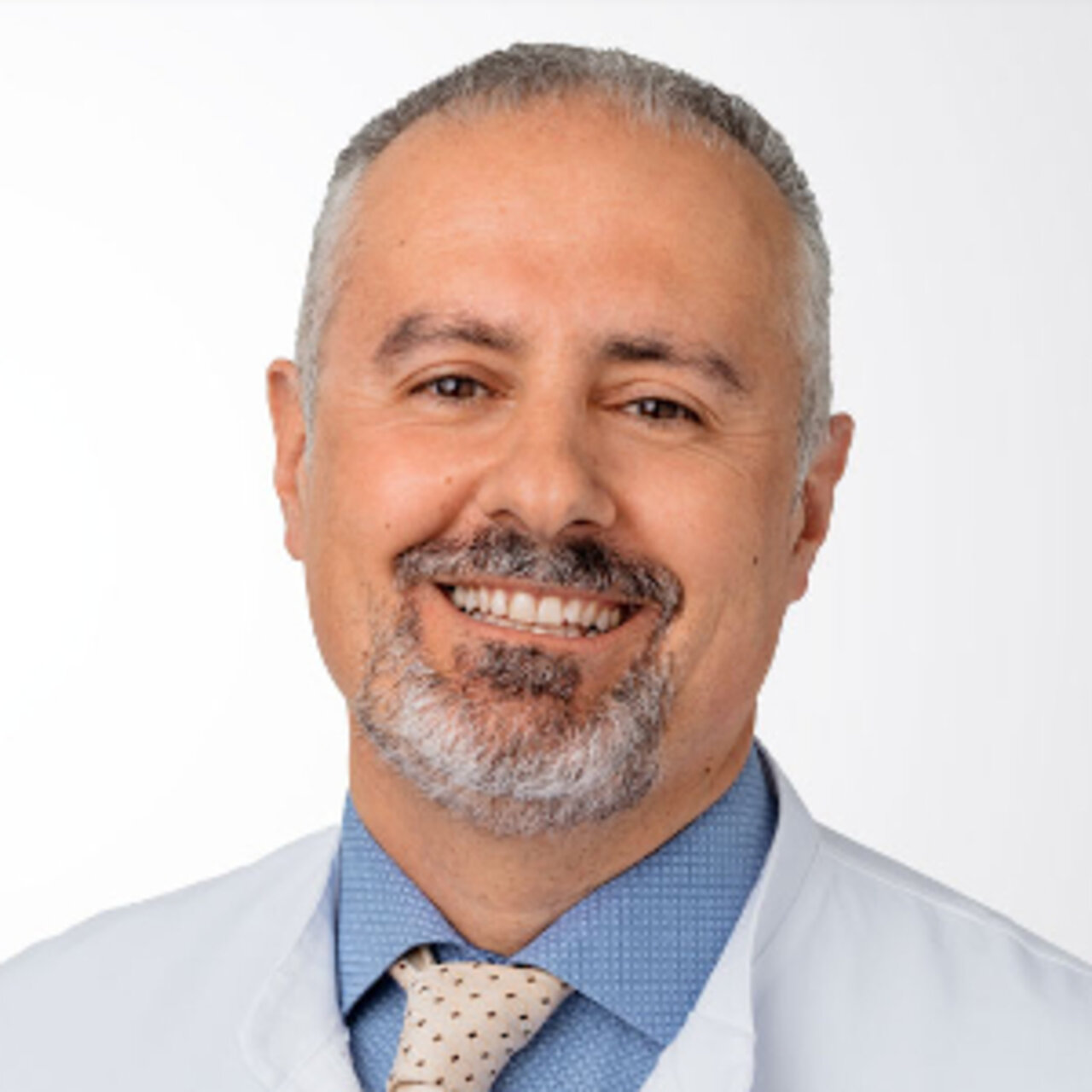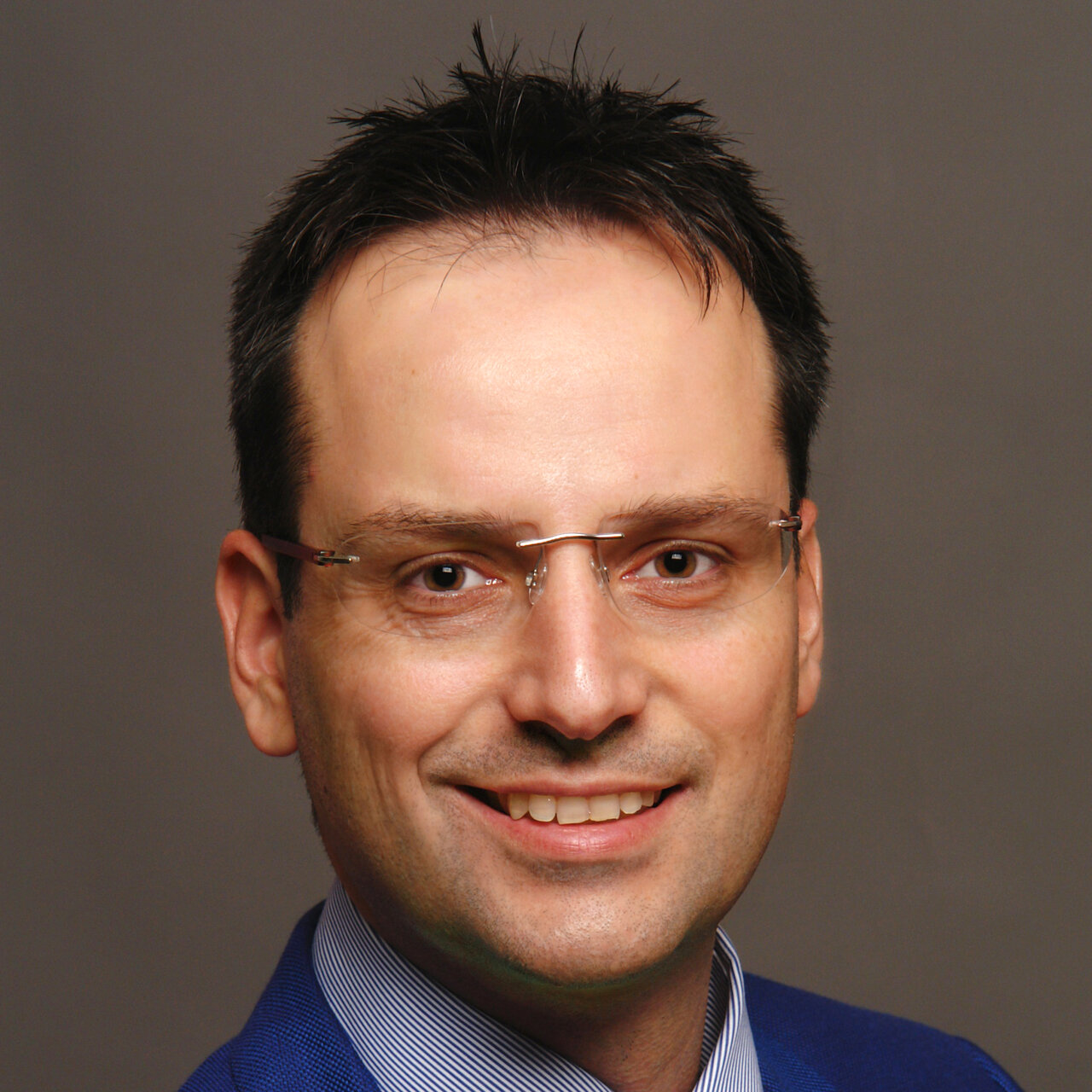Specialists in Chronic back pain
12 Specialists found
Information About the Field of Chronic back pain
What is back pain?
All forms of pain that manifest in the region of the back are grouped together by the umbrella term back pain. The term includes not only pain that originates directly in the back, but also pain that stems from other areas of the body.
Nearly all people experience back pain for some period of time throughout their lives. That is why lower back pain represents one of the most common reasons why patients consult their GP. As a result, back pain makes up the third most frequent diagnosis in a GP's practice, making it a topic that deserves special attention.
Where can back pain occur?
Back pain can involve the entire spine. It is classified according to the areas where the pain occurs.
The spine is composed of five segments in total, each of which has different degrees of mobility. The first segment is the cervical spine, which provides for the movements of our head. Next, we can find the thoracic spine and the lumbar spine. The lumbar spine permits a large range of motion. Along with the cervical spine, it is the spinal region most commonly affected by back pain.
The last two segments of the spine are the sacrum and coccyx. This is where the vertebrae have fused together in a way that makes movement impossible.
Pain in the region of the lumbar spine is termed low back pain.
Pain in the region of the thoracic spine is called thoracic spine syndrome.
Pain in the region of the cervical spine is referred to as cervical spine syndrome.
If there is pain radiating from the back to various other areas, these are further classified. Sciatica is when the lower back pain radiates to the back of the thigh, and in case of femoralgia the pain radiates to the front of the thigh. Back pain may also radiate to the arms.
This classification is intended to only describe the localization of the pain while subsequently also differentiations can be made according to the cause of the pain.
Which doctor to consult for back pain?
In most cases, the first contact for back pain is your GP, who will conduct a comprehensive anamnesis about the type and severity of the pain which is followed by a thorough physical examination. Also an initial neurological examination should be done.
The GP can obtain a first idea of your individual symptoms and will refer you to different specialists if necessary.
In case the pain is very severe and/or has been persisting for a long time, you should see an orthopedic specialist. Orthopedists are specialists who can further assess the back pain and pinpoint the various causes. Usually, they will also organize further examinations by a specialists.
Should neurological symptoms like paralysis or numbness be discovered, the patient should see a neurologist or neurosurgeon as soon as possible, who is able to diagnose and manage any potential nerve damage.
Moreover, disorders of the kidneys and bile ducts, for instance stones or inflammation, have to be ruled out as a possible cause. A visit to a specialist in internal medicine is suggested in this case.
At the start of this process, it is important that your GP properly evaluates the cause of pain and then sends you to the appropriate specialist.
Patients with chronic back pain can also seek help from doctors who have completed additional training in the field of pain therapy. Pain therapists employ a wide range methods to manage the pain, both acutely and in the long term. Psychotherapy might provide relief from the chronic pain in some cases, as patients learn to handle the pain.
Causes and types of back pain
There is a wide scope of disorders that can lead to back pain. They are classified in medical terms according to various criteria. On the one hand, the classification can be based on the cause, while on the other hand, it can also be based on the progression over time into acute and chronic back pain.
Specific back pain
Specific back pain refers to pain for of which a specific disease can be identified as the cause. For example, such disorders may be functional or structural changes affecting the spine.
In the case of functional problems of the spine, usually the musculature is affected by muscular imbalances or shortening, for example. Physiotherapy is often suitable for treating these problems.
Structural impairments of spinal function result from changes in the spinal column itself. Among the possible causes are herniated discs, narrowing of the spinal canal (spinal stenosis), and rheumatic diseases of the spine as well as deformities (scoliosis, kyphosis).
Moreover, inflammatory diseases, bone fractures or cancer metastases in the area of the back may cause specific back pain.
The treatment and prognosis of these cases is dependent on the underlying disease.
Non-specific back pain (lumbago)
Unlike specific back pain, no disease can be clearly identified as the cause of the pain when it come to non-specific back pain. This is often referred to as lumbago, which initially means an acute onset of back pain with no apparent cause.
There are no neurological deficits like paralysis, spasticity or sensory disturbances. The rate of spontaneous healing of non-specific back pain is high, although relapses are frequent.
Because there is no clear cause for the pain, the treatment is purely symptomatic. The range of therapies is very broad and many different methods are available, including pain therapy, exercise therapy, and relaxation exercises.
Radicular back pain
The term radix is derived from Latin and means root. Radicular pain is caused by diseases or irritations of nerve roots. The pain spreads along specific nerves, most often involving low back pain with radiation. In the case of femoralgia, pain travels along the femoral nerve, in the case of sciatica along the sciatic nerve.
The leg pain can actually be experienced as more severe than the back pain in many cases.
Pseudoradicular pain is a term that describes nerve roots which remain intact, while provoking occasional radiation to the arms or legs and must be distinguished from radicular pain. Potential causes include degenerative changes of the facet joints of the spine or blockages of the iliosacral joint.
It is typical for radicular pain to persist for a long time, medically referred to as chronification.
Extravertebral back pain
Extravertebral back pain is caused by disorders or diseases of structures that are actually unrelated to the back. For instance, kidney stones can produce back pain, if they block the urinary tract (urolithiasis). A tear in the abdominal aorta (aortic dissection) can also lead to back pain. Hence, the prognosis is based on the underlying cause and if it is treatable, also the prognosis of back pain will be improved.
Chronic back pain
At what point do we refer to chronic back pain?
By definition, chronic back pain is pain that persists for a period of at least 12 weeks. During this time period, the pain can be either be constant or recurrent. Should the pain persist only for a shorter period of time, it is called acute back pain.
However, in clinical practice, the term chronic back pain is frequently used to describe back pain lasting less than 12 weeks. Some doctors even refer to an eight-week period of back pain pain as chronic.
Recurrent back pain is defined as pain that comes back after a period of six months without symptoms. Radicular back pain is also classified as chronic back pain.
Causes of chronic back pain
While chronic back pain is mostly specific, it can less commonly be nonspecific, meaning that no physical cause can be determined.
Specific back pain that becomes chronic can result from a variety of conditions.
Osteoarthritis
Degenerative diseases are among the most common causes of pain. Wear and tear may also affect the spinal column. For instance, the small vertebral joints that are also known as facet joints, can be involved. Additionally, the spinal canal can be narrowed due to so-called spinal canal stenosis or the holes through which the nerves exit can be narrowed due to foraminal stenosis. The result is generally pain during walking that radiates down into the legs.
Rheumatic diseases
Rheumatic diseases are a highly diverse group of diseases which present in various forms and characteristics. Rheumatoid arthritis, also known as articular rheumatism, can affect the joints of the spine. This can severely restrict the spine's ability to move as a whole as well as the individual vertebrae in relation to each other, and cause pain.
Osteoporosis
The systemic disease osteoporosis is characterized by a decrease in bone mass, rendering the bones more susceptible to fractures. It can affect the spine as well as all bony structures. Women after menopause are particularly susceptible to the disease, due to the hormonal changes that occur during this phase. This can result in a higher number of vertebral body collapses, causing severe back pain and restrictions for patients.
Psychological causes
Psychological causes of back pain are distinct from somatic, i.e. physical, causes. Here, psychological disorders such as depression or previous trauma manifest as physical symptoms. The back can also be affected.
Patients experience a sort of vicious cycle of back pain, which in turn causes them to take a protective posture, that eventually leads to more back pain.
Therapy is usually a combination of psychological treatment and moderate exercise.
Further reasons for chronic back pain can be congenital deformities of the spine or disorders originating from outside the spine. For example, cancer cells may have spread to the area of the spine.
Diagnosis and therapy of chronic back pain
Diagnosis of chronic back pain is mostly done by an orthopedist. It entails a detailed anamnesis and physical examination that may be followed by various diagnostic procedures, based on the suspected diagnosis.
Because patients suffer from chronic back pain for a long time, they usually visit several specialists.
Radiological investigations of the back pain are often done as part of the search for a cause. X-ray radiographs provide a useful overview of the bony structures. To better visualize the adjacent structures of the spine like ligaments or connective tissue, an MRI examination is performed in many cases. The evaluation of possible nerve damage usually requires the expertise of a neurologist or neurosurgeon.
Treatment of back pain always focuses on the cause of the symptoms. In case of specific back pain, therapy of the underlying disease takes place. Muscular imbalances, for instance, can be treated with physiotherapy, while surgical intervention may be necessary if structural changes such as herniated discs are present.
However, if no clear cause can be identified and the back pain remains non-specific, psychotherapy may be helpful to identify the triggering factors of the pain. Concomitant pain therapy can also help patients in a lot of cases.
In any case, the therapeutic options for chronic back pain should be tailored to the individual patient and always be discussed together between the doctor and the patient.
Which doctors and clinics are specialists for chronic back pain?
Most patients experiencing chronic back pain have experienced a tedious journey to find a doctor who can identify and relieve the causes of their pain.
All of the doctors listed here have been evaluated by us for their professional qualifications and can offer a vast amount of experience when it comes to the treatment of chronic back pain.
Our aim is to provide you with access to excellent medical care and offer you a quick and uncomplicated way to schedule a first appointment with one of our specialists.
Sources:
- Duale Reihe, Thieme Verlag: Allgemeinmedizin
- Wikipedia: Rückenschmerzen
- „Orthopädie“, Krämer/Grifka, Springer-Verlag, 2005, 7. Auflage











